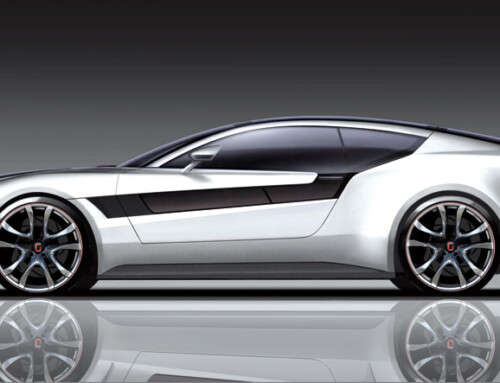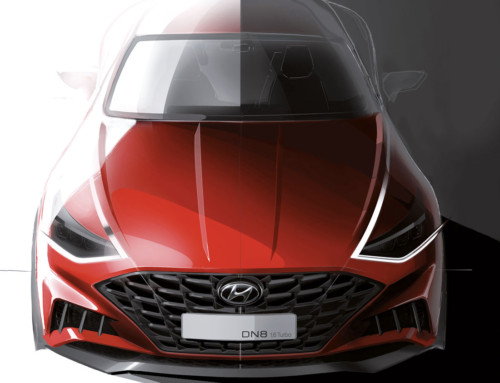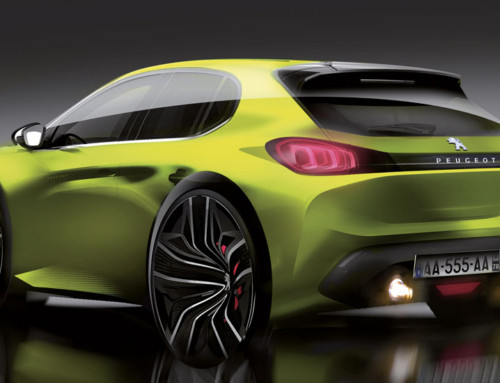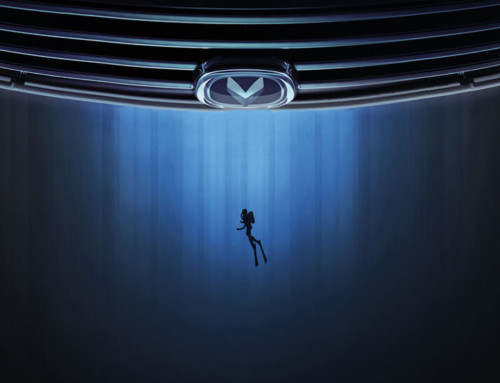Over the past few years in particular, Italian design companies have strengthened their international leadership by increasingly employing the services of designers from all over the world. While this is only natural in what has become a global industry, in some cases this penchant for foreign tastes has meant that the work of a new generation of Italian designers is being overlooked in spite of the fact that they have recently made a well deserved return to the public eye. An exhibition dedicated to these designers has been organised at the Triennale to conclude a lengthy study conducted over the past few years by academics such as Stefano Maffei, Virginio Briatore and Beppe Finessi, and cultural and publishing concerns such as Opos, aedo-to, and design-italia.
The new generations offer new directions for work and research. Whether by necessity or choice, many follow a path of inspiration that is at times outlandish for the regular consumer or for the market, whereas others prefer, or are obliged, to express their talents in small scale production. Andrea Branzi aptly coined the term “everyday microreformism” to define this approach. Designers adopting this approach include Giulio Iacchetti, Matteo Ragni, Paolo Ulian, Lorenzo Damiani, Odoardo Fioravanti and Enrico Azzimonti. Some have chosen to operate internationally, such as Gabriele Pezzini with his designs for advanced technology products for Far Eastern companies.
Other designers have formed successful partnerships with major companies, producing some excellent results. These include the transgressive Fabio Novembre, who designs for Cappellini and Meritalia, Marco Acerbis, urbane and architectural who produces for Fontana Arte and Alias, Gabriele Schiavon (Lagranja design) with his softly contoured lamps for Foscarini, and Marco Zito, with his mature, discreet designs for Viabizzuno.
The article continues in Auto & Design no. 163










